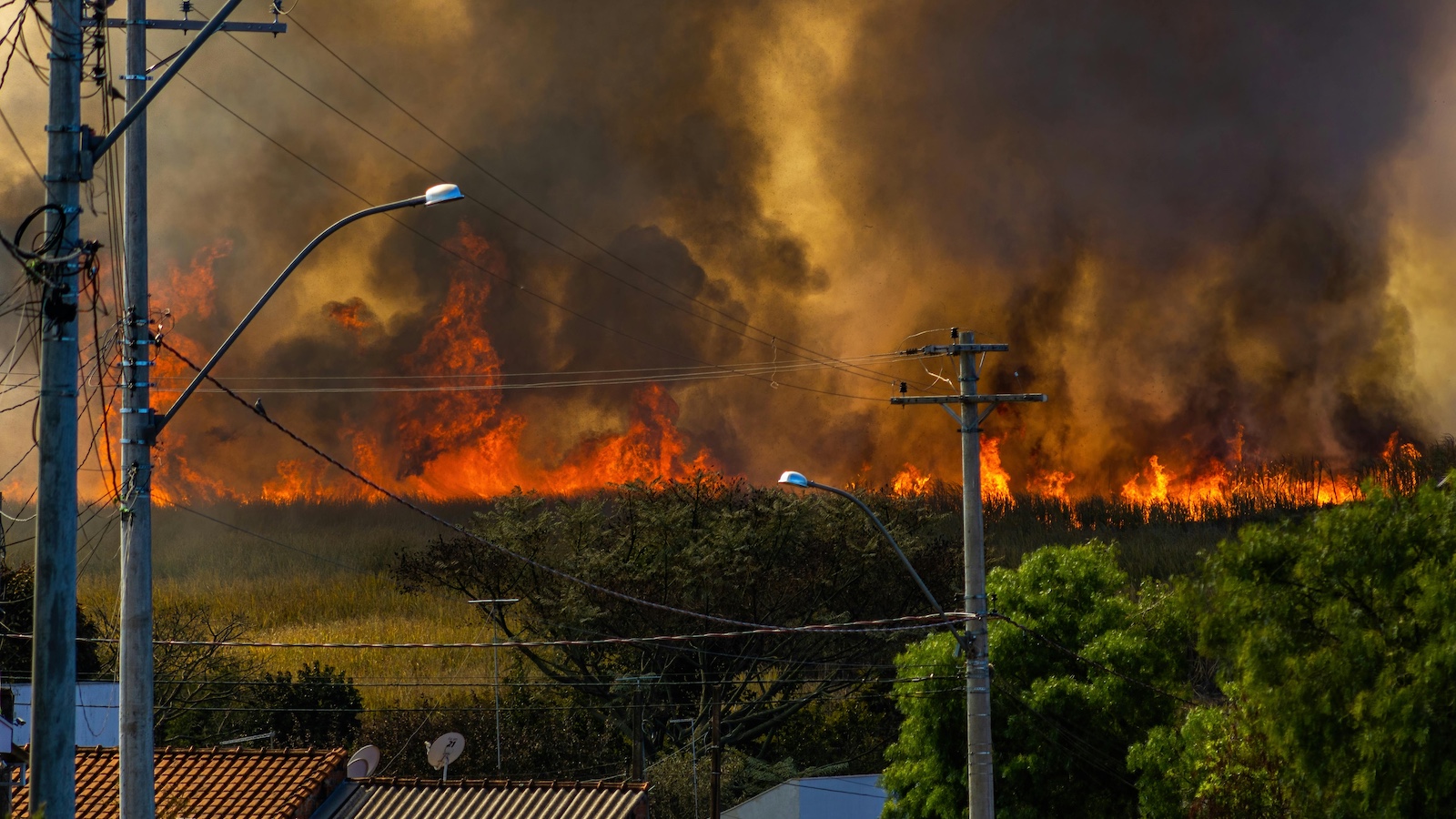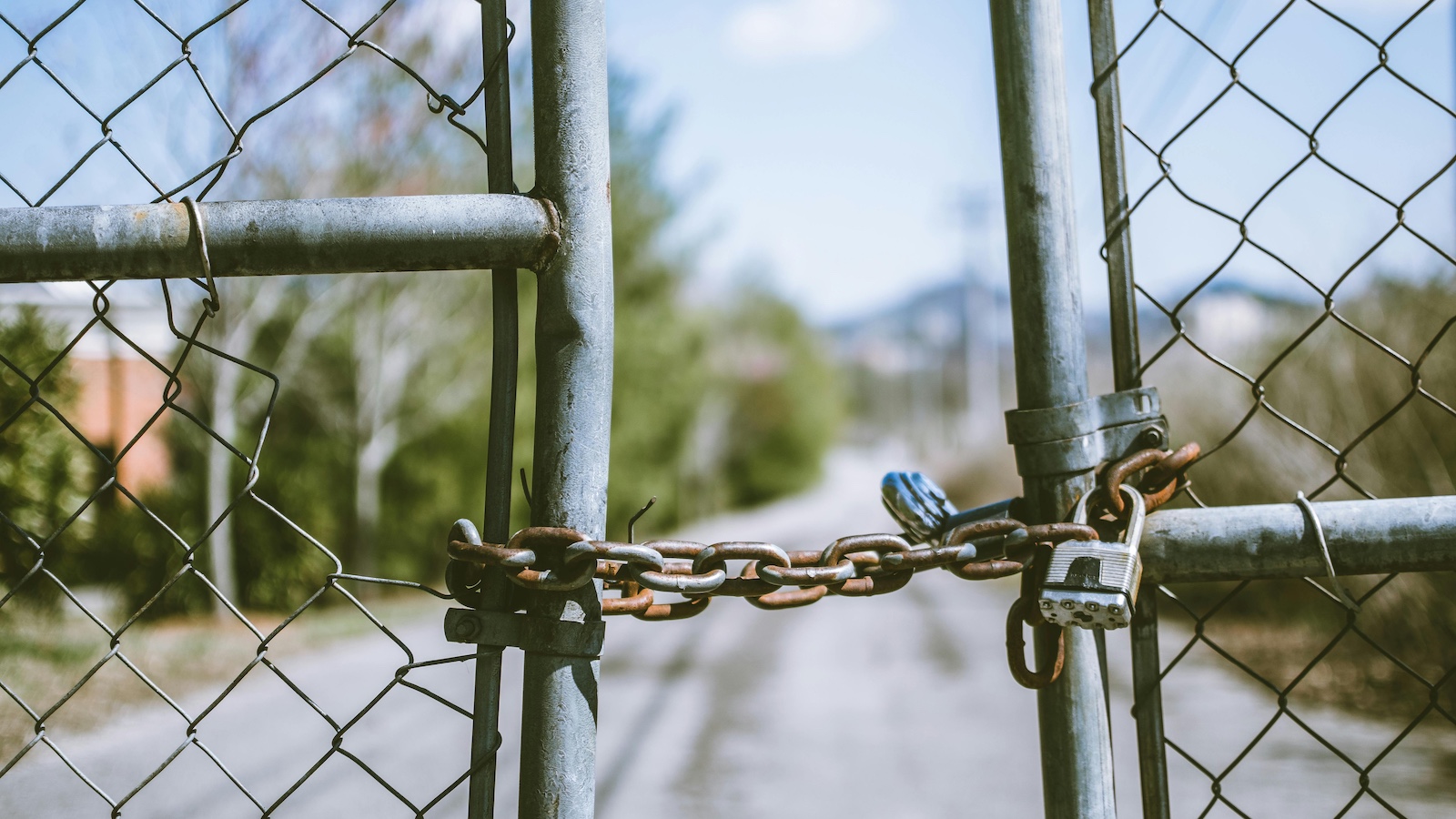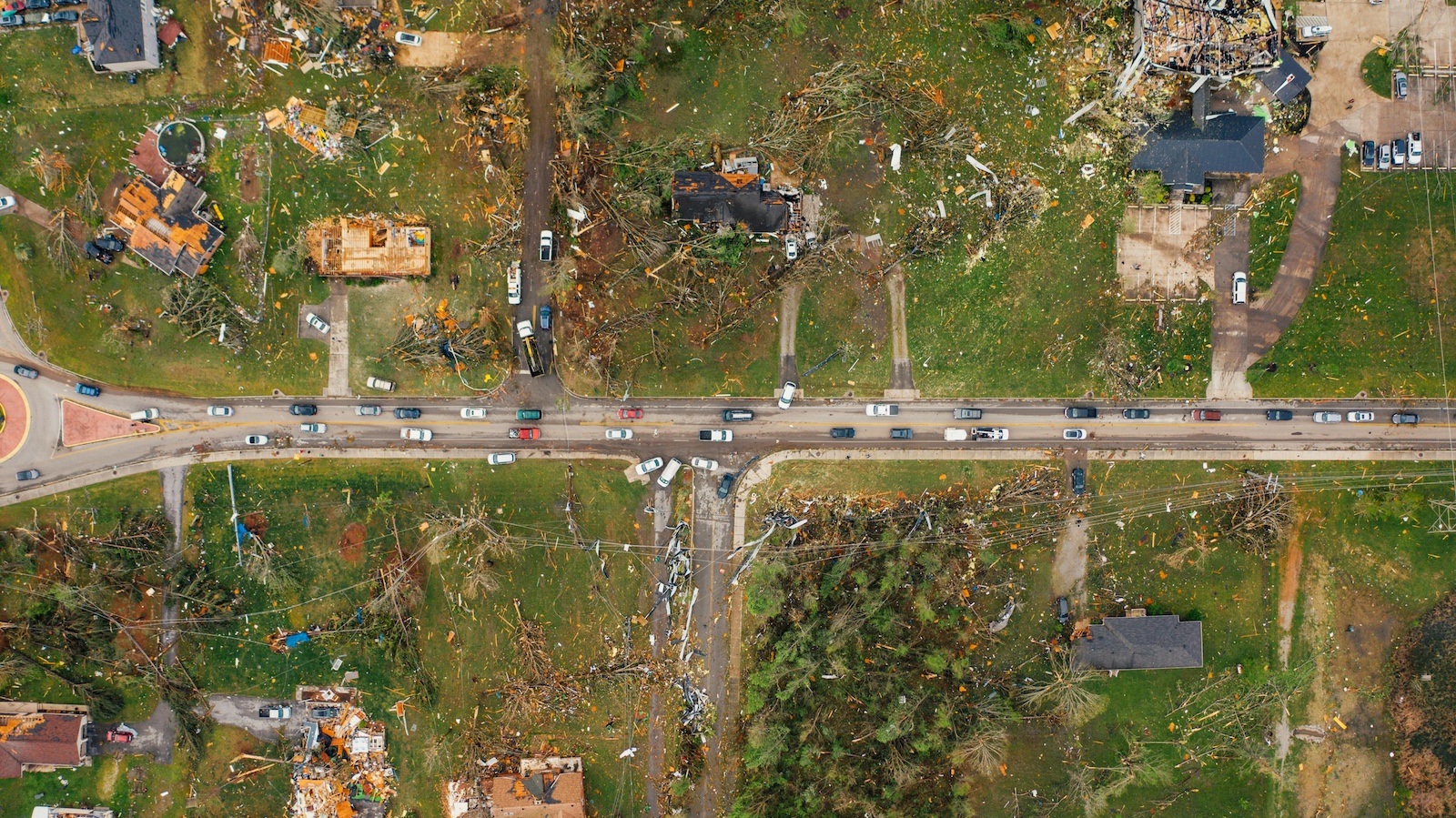California wildfires are a fairly frequent occurrence: The five-year average of wildfires has been 4,770, with around 202,705 acres burned, but in 2017 there were 6,877, with 505,733 total acres burned, according to the
California Department of Forestry and Fire Protection. While these storms are devastating and heart-breaking, in almost all cases insurance supports recovery.
What is often overlooked is the threat of flood – which is not covered by homeowner’s insurance - that wildfires create. By being aware of how flood exposure arises from wildfires, and knowing the insurance options available, homeowners can take action to be prepared should an event occur.
What causes flooding from wildfires
Flooding from wildfires can arise in three ways:
- Landscape and runoff flow — The wildfire changes the characteristics of the landscape and increases the chances of flooding from runoff due to:
- Vegetation — When it rains, trees and plants that cover the ground catch a certain portion of rain on their branches and leaves, which slows accumulation at the ground level and lets the moisture simply evaporate. Wildfires remove this natural protection.
- Removal of litter — Litter (leaves and pine needles on the ground) normally allow for absorption of water, again slowing the runoff of water. In a wildfire, litter is eliminated.
- Scarring — One of the major and most dangerous effects of wildfires is that ash and burnt top soil, which are water-repellent, are left behind. This has the same effect as taking an area and covering it with concrete – there will be a big increase in runoff of water, and normal drainage sources will quickly fill up.
- It will take approximately five years before all of the vegetation is replenished and the soil begins to return to its original state.
- Mudflow — Because so much of the vegetation is removed in a fire, the potential for mudflow is greatly increased. In some cases, mudflow is a covered peril under a flood policy as long as the mudflow has a milkshake consistency. If not, the flow is considered a landslide, which is not covered. Mudflow-type claims normally are higher-value claims because they are even more destructive than a normal flood.
- Debris — Ash and debris from wildfires can cause problems with river and stream runoff. Debris is carried into the stream or river, causing natural dams and water buildup, which will push water out of the banks and can flood areas that have never flooded before.
See also: How to Fight Growing Risk of Wildfire
The importance of understanding what a 100-year floodplain is
A 100-year floodplain is based on a statistical probability needed by the insurance industry as a standard on which to base policies. The process of determining a floodplain is based on scientific measurements that are then put through a formula/statistical model to generate an estimate of how often a flood event could occur. For a 100-year floodplain, there is a "one-in-100 chance (1%) flooding may occur in any given year, or a "return period" of once every 100 years," according to
FloodSafety.com.
It’s important for homeowners to understand this language so that they can have a better understanding of what their flood exposure is estimated to be.
Understanding the application of flood maps
Homeowners should take caution when looking at a flood map to determine their flood exposure, especially if they live in an area affected by wildfires. Flood maps are created using data gathered from many sources. Assumptions and statistics are applied to determine if in any one year there is a 1-in-100 chance that you will have a flood that will cover a certain area. Any major changes in the data – such as the occurrence of a wildfire - will inevitably affect the chance of a flood.
What’s more, floodplains on a flood map cover a very large area. This means that properties can also be at higher or lower risk within a floodplain depending on where in the floodplain they are located. For example, one house in the 25-year floodplain may flood two feet deep during a storm, but a neighbor deeper in the floodplain may flood six feet deep.
The bottom line — knowing how to apply a flood map to particular circumstances is a huge advantage for homeowners when determining their specific risk and what steps to take to mitigate those risks.
What can homeowners do?
Homeowners have several steps at their disposal that they can consider taking to protect their homes from flood exposure due to wildfires:
- Use online tools to help evaluate the risk of flooding. These tools, such as those found here, can determine a flood risk rating score based on location, show the average number of claims, associated costs and more.
- Purchase flood insurance. Flood insurance is not included in a standard homeowners policy. In many cases, flood insurance can bring peace of mind in regard to protecting a home. Many people feel they do not have a flood risk or cannot get flood insurance because they are not in a flood zone. That is simply not true. The only thing that will prevent a homeowner from getting flood insurance is if they are in a designated wildlife area (CBRA) or if their community does not participate in Federal Flood Plain management programs.
See also: 2018 Workers’ Comp Issues to Watch
Conclusion
While it is not known what weather patterns will do over the next couple of years, we do know that there is a large population of people in California who have increased flood exposure. Informed homeowners who take the necessary steps to be prepared will be able to effectively deal with their flooding exposure and an event should one occur.
This article is provided for general informational purposes only and is not intended to provide individualized business, insurance or legal advice. You should discuss your individual circumstances thoroughly with your legal and other advisers before taking any action with regard to the subject matter of this article.





